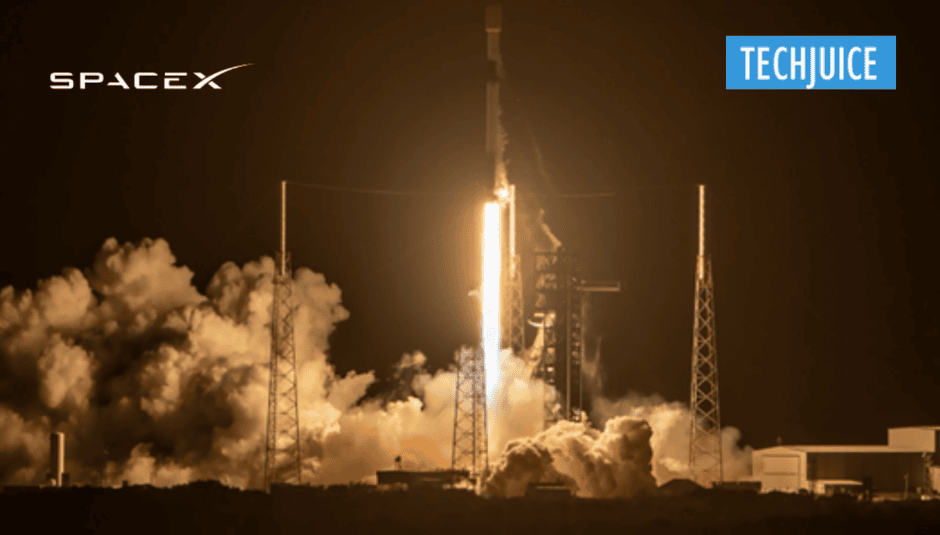SpaceX has successfully launched its 96th Falcon 9 mission of the year, which will install 20 Starlink satellites in low Earth orbit.
The mission, which took place on October 18th at 7:31 PM EDT (4:30 AM PKT) from the Cape Canaveral Space Force Station in Florida, was a testament to the company’s resilience, as it defied predictions of challenging weather conditions, which only offered a 40% chance of favorable circumstances.
Watch Falcon 9 launch of 20 @Starlink satellites to low-Earth orbit https://t.co/8Pzm1omrnt
— SpaceX (@SpaceX) October 18, 2024
This is the 17th flight for this mission’s first stage booster, which has already launched O3b mPOWER, OneWeb 2, Intelsat 40e, Maxar 2, Turksat-6A, Eutelsat 36X, Ovzon-3, CRS-26, and nine Starlink missions.
The first-stage booster was also observed landing on SpaceX’s autonomous drone ship, “Just Read the Instructions,” in the Atlantic Ocean shortly after the rocket’s launch.
The latest Falcon 9 mission not only adds satellites to the Starlink mega constellation, which now has over 6,400 active spacecraft, but also improves global communication capabilities. Notably, 13 of the newly launched satellites are equipped for direct-to-cell communication, which means that mobile phones can link directly to space satellites, a technology that has the potential to dramatically revolutionize global connectivity.
While the Falcon 9 rocket’s upper stage remained functioning, the Starlink satellites were scheduled to be released 64 minutes into the journey to join the developing network that aims to provide internet services worldwide.
The successful launch also demonstrates SpaceX’s ongoing innovation in lowering the cost of space access by utilizing reusable rocket technology for a record number of missions. So far in 2024, the Cape Canaveral Space Force Station has recorded 980 rocket launches, including 266 orbital attempts from Space Launch Complex 40.
With each new achievement, SpaceX expands the possibilities of its Starlink constellation, bridging the digital gap and reinforcing the company’s commitment to improving global connectivity.












